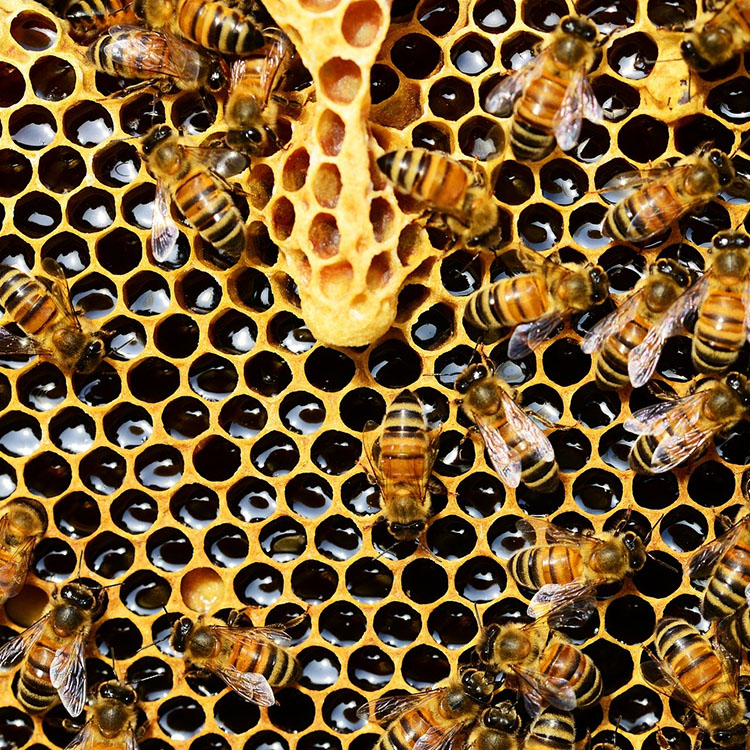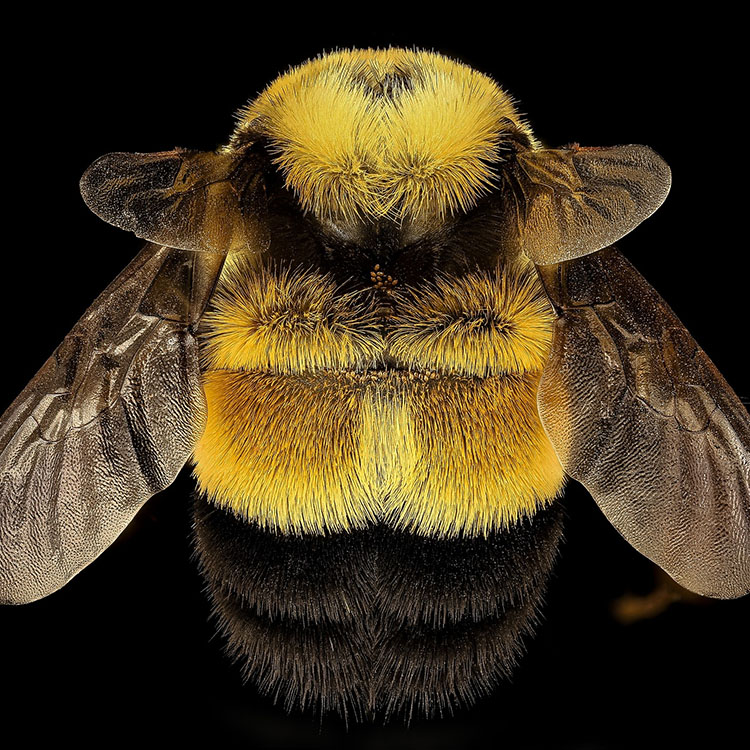Bee & Wasp Trapping & Removal
In this Article
Bee & Wasp Hives
Bee and wasp hives are extremely dangerous, and you should take extreme caution before trying to remove or destroy a hive. Bee and wasp allergies are prevalent in the Unite States, so extra caution must be taken if you or your family are allergic to the stings from either insect. honey comb and bee hive removal is not only dangerous, but can affect the ecosystem in the immediate vicinity. Consult a wildlife management professional if you have any doubts or concerns about honey combs or bee hives on your property.

Bee & Wasp Species
There are currently two bee species that dominate North America and are responsible for the majority of flower pollination in this area. They are also responsible for generating the majority of natural honey in the region, and can become extremely volatile when threatened; however, one species is more likely to attack than the other. Both species form colonies where honey production and the colony queen are housed. You can read our article comparing the two species here.
European Honey Bee
Also known as the Western honey bee, the European honey bee is the more tame of the two dominant species in the United States and follows the general life-cycle of bees. The reproduce via swarming and will only attack if their colony is being threatened. Bee control experts will still advise you to steer clear of bee colonies, even if they are European honey bees.
African Bees
African, or Africanized bees, are known as killer bees because they are the most aggressive of all bee species. While one bee sting from an African bee contains about the same amount of bee venom than that of a Western honey bee, the african bee is likely to sting in far greater numbers, and seemingly unprovoked.

Bee & Wasp Removal or Extermination
Removing a bee hive is no easy task. Hives can grow about a foot to a foot and a half per year, and sometimes go unnoticed for years at a time. A recent news article described a two-story tall bee hive that took over a residential home inside one of the interior walls. In order to properly remove bees, their hive must go as well. Getting rid of bees is a job that should be handled by trained professionals with the property safety gear.
Hive Removal
Bee removal experts begin hive removal by donning thick, protective clothing. This prevents bees from stinging them, and even more improtantly, stinging them in great enough numbers for bee venom to become deadly to the human body. It is possible to relocate a hive once it has been extracted from a home or storage area in your home, and the bees transported along with it. Recent reports suggesting a worldwide decline in bee population has increased conservation efforts and suggested legislation preventing bee extermination. While most people consider animal removal experts to be on the side of extermination, you'd be suprised to find out that most animal removal services practice methods of exclusion and removal that avoid the unnecessary extermination of creatures.
